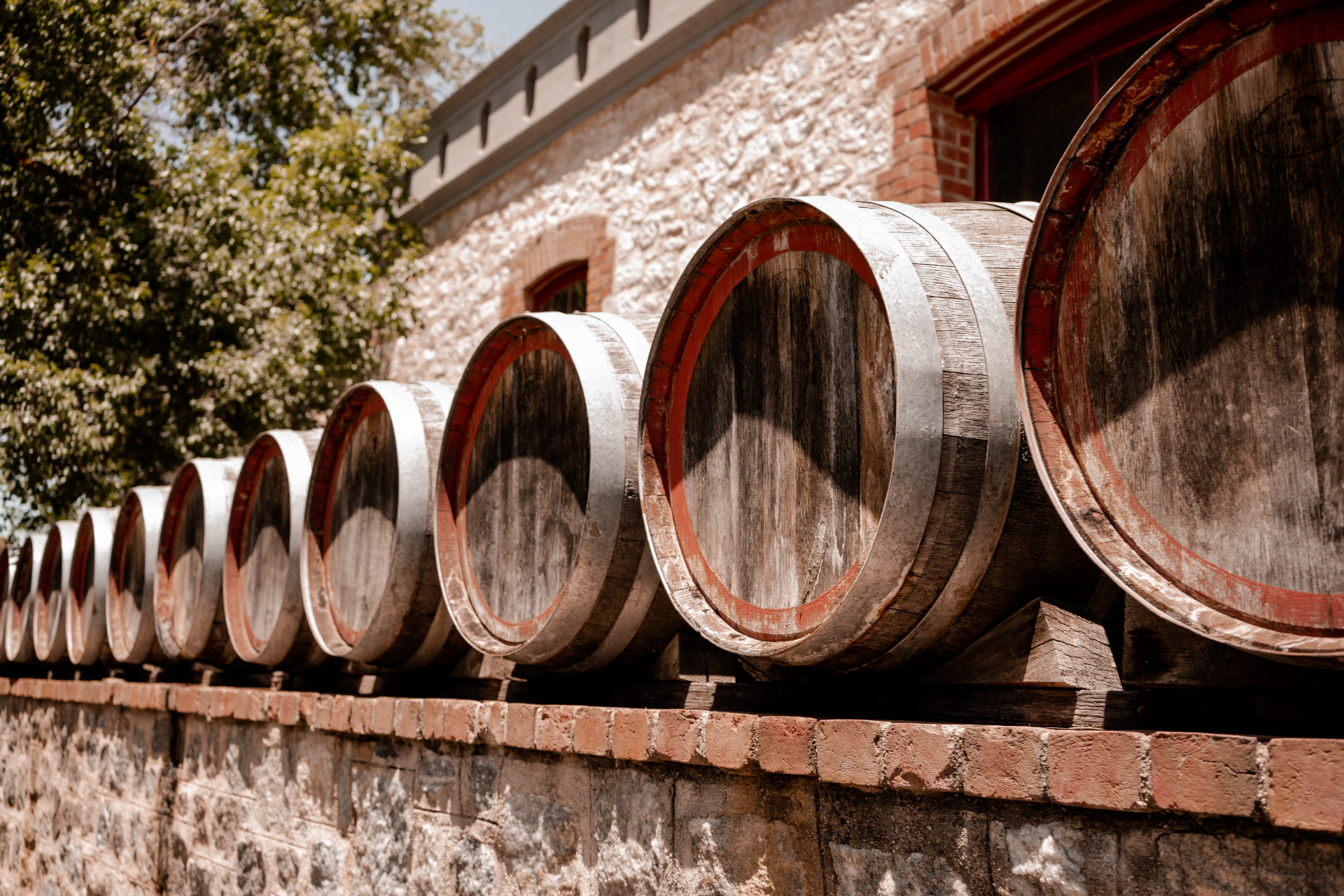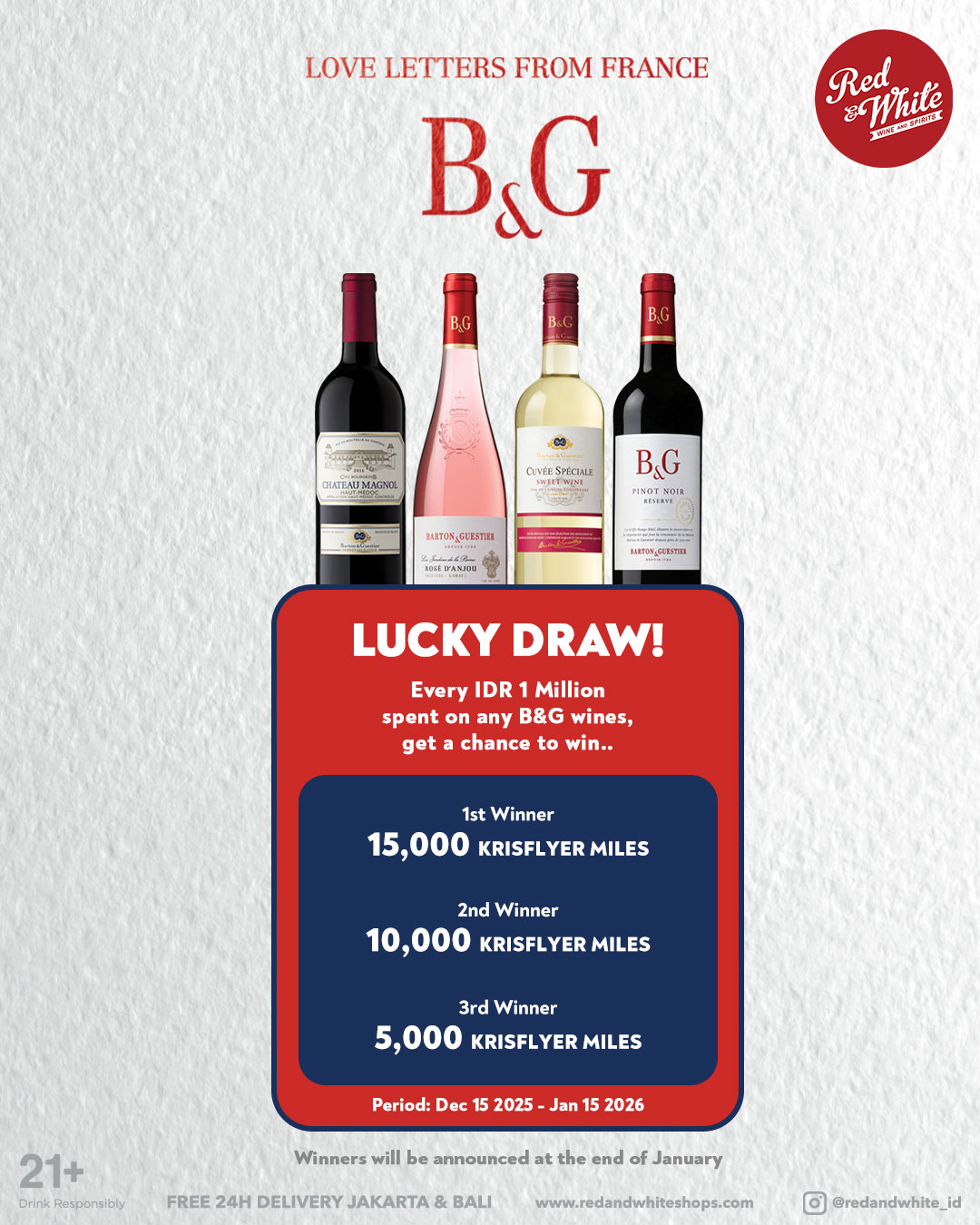
Why Do People Age Wine in Wooden Barrels?
If we are talking about wine, there are various types of wine in the world. You can find local and even international wine. But, one thing is similar to all of them and the need to be aged in barrels. Unlike vodka, wine has to be matured in casks or barrels before being consumed.
It’s unnecessary not a necessity to age wine in wooden barrels, but most wine producers choose wooden casks instead of stainless steel barrels. You might wonder why wines need to be aged in wooden barrels and if there are any differences if it’s matured in stainless steel instead of wooden barrels. You can satisfy your curiosity by finding the answer below!
Brief History of Aged Wine
Before knowing why wine is aged in wooden barrels, you should understand the origin of aging wine in wooden barrels.
When glass bottles weren’t invented, the Greeks and Romans used clay amphora to contain and transport wine. The alcoholic beverage was drunk more often than water since it provided calories for the soldiers during the war. But, using clay amphora was proven to be inefficient, especially when the Romans started to expand into Europe.
The Sumerians used palm wood barrels lighter than the clay amphora but more pricey and challenging to bend. Therefore, the Romans stuck to utilizing the amphora. That was until they saw how the Gauls were using oak wooden barrels to store their beer.
The Romans began to use oak wooden barrels to contain the wines since it was more accessible in Europe and easier and faster to bend and make. Moreover, oak barrels were waterproof and more practical to be used. When the alcoholic beverage was stored inside wooden barrels, the wine developed an oaky flavor.
Until now, wooden barrels, especially oak, are still used to develop the wine’s flavor, aroma, and texture.
Is It Necessary to Age Wine in Wooden Barrels?
Wine isn’t aged in wooden barrels just as a means for storage. If you are a fan of this alcoholic beverage, you must be familiar with the high-quality wine’s oaky and spices flavor. This iconic taste is acquired by aging wine in wooden oak barrels.
The process of aging wine in barrels is called elevage in French, which means raising or upbringing. The purpose of aging wine in wooden barrels is to develop the wine’s flavor, making the wine smoother and less astringent, and acting as a medium for the fermentation process to make the aged wine creamier. Usually, the alcoholic beverage is aged in oak wooden barrels, like French oak, American oak, and Eastern European oak. But other types of wood can be used, such as acacia and chestnut wood.
French oak barrels give the wine a higher percentage of tannin that makes it drier and more bitter. You can taste a hint of spice from French oak-aged wine. In terms of price, the American oak is cheaper and allows the wine to develop a toasty, vanilla, and wood sugar flavor. Meanwhile, Eastern European oak has a less tannin content despite it being closely related to French oak. Barrels made from Eastern European oak give the wine a distinct toasty scent.
Types of oak aren’t the only factor that can contribute to the wine’s flavor. The size and age of the barrel also matter. Newer and smaller wooden barrels typically affect the wine’s taste strongly since it is new, and the small space allows the wine to have better contact with the wood.
Older barrels usually don’t give much flavor to aged wine, but they can still help the fermentation process by supplying a small amount of oxygen or a certain aroma from the wood to the wine. Older wooden barrels also help to tone down a strong wine flavor. How toasted the barrels also affect the wine’s taste. Oak barrels are constructed from long pieces of oak wood, called staves. The staves are then strapped together with metal hoops before being toasted over a fire. Light toast will give the barrels a vanilla and caramel flavor, while darker toast will emit a smokey and roasted aroma.
How Is Long Wine Aged in Wooden Barrels?
It all depends on the type of wine and style. The winemakers will age the wine longer to give it a strong oaky flavor to avoid a dull taste after being bottled. Sometimes, the wine producers leave a portion of the wine unaged in a glass or stainless steel vessel in case the aged wine has a too strong oaky flavor. The unaged wine will then be added to the blend to tone down the strong oaky taste until a balanced flavor is attained.
Steel V.S. Wooden Barrels
Using a stainless steel barrel will eliminate the oaky taste of the wine. Grapes with less aroma are suitable for aged in oak wooden barrels to give them the oaky flavor and aroma. Contrary to neutral grapes, aromatic and high tannin level grapes fit better in a stainless steel barrel. This is to protect the grapes’ natural scent and tannin content.
Stainless steel barrels are cheaper and easier to clean than oak barrels. Unlike oak drums, stainless steel kegs can be reused many times and don’t need to be replaced two or three times. The aging time of wine in stainless steel is also shorter than in oak barrels. All of these factors make most stainless steel-aged wine cheaper than oak-aged wine. Stainless steel-aged wine won’t have the same texture and freshness as oak-aged wine, but winemakers can still create the oaky flavor by putting oak chips into the wine aged in stainless steel drums.
Explore the World of Wine!
What is a better way than to directly try the wine to know the differences between stainless steel-aged wine and oak-aged wine? You can always come to The Red & White Shops to buy wines that match your palate!
The shop offers you various types of wine, including wooden barrel-aged wine and stainless steel-aged wine. Just ask the store assistant for more recommendations and information about the wine that you want to try. Find our nearest liquor store from your location.




